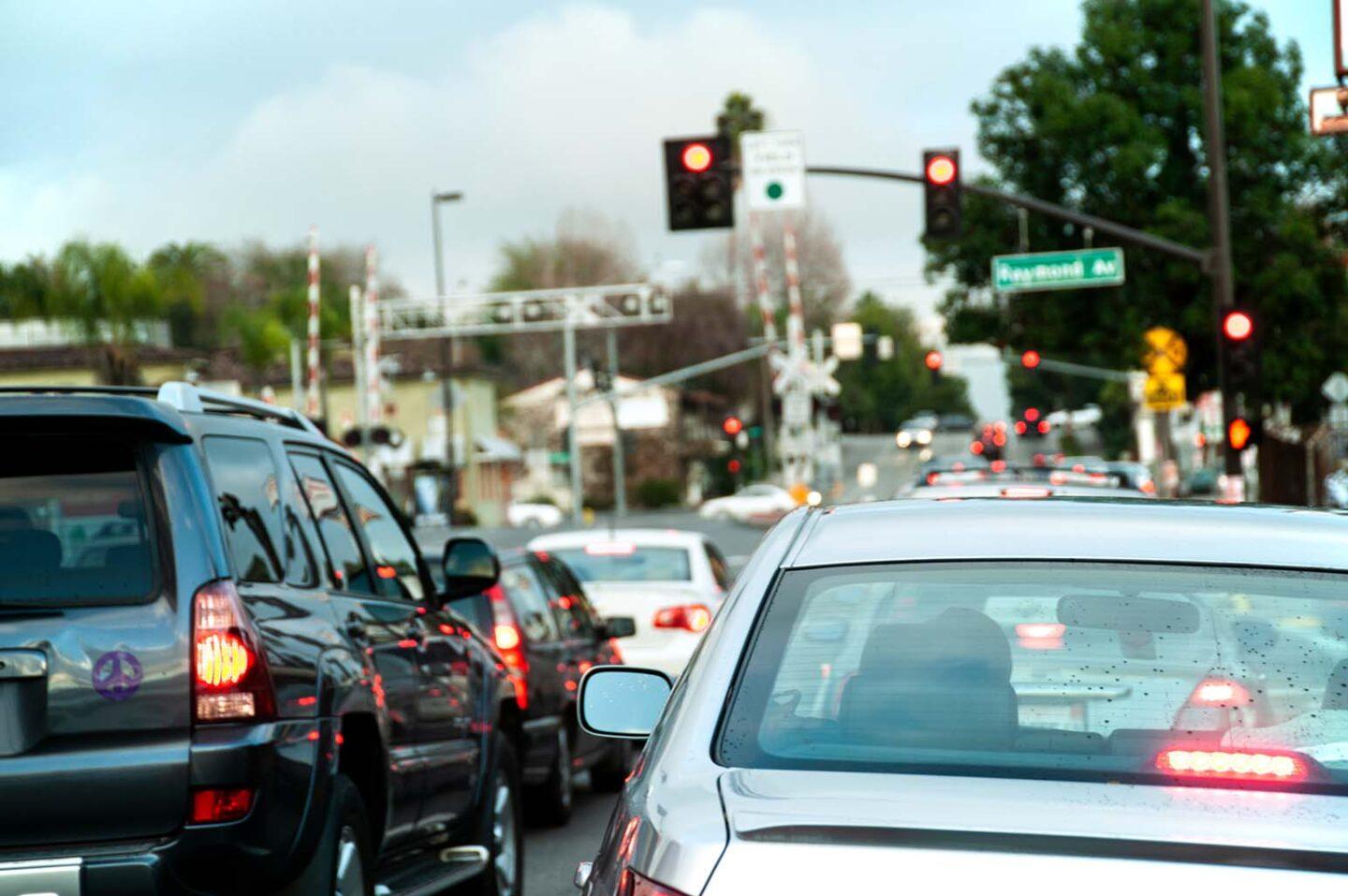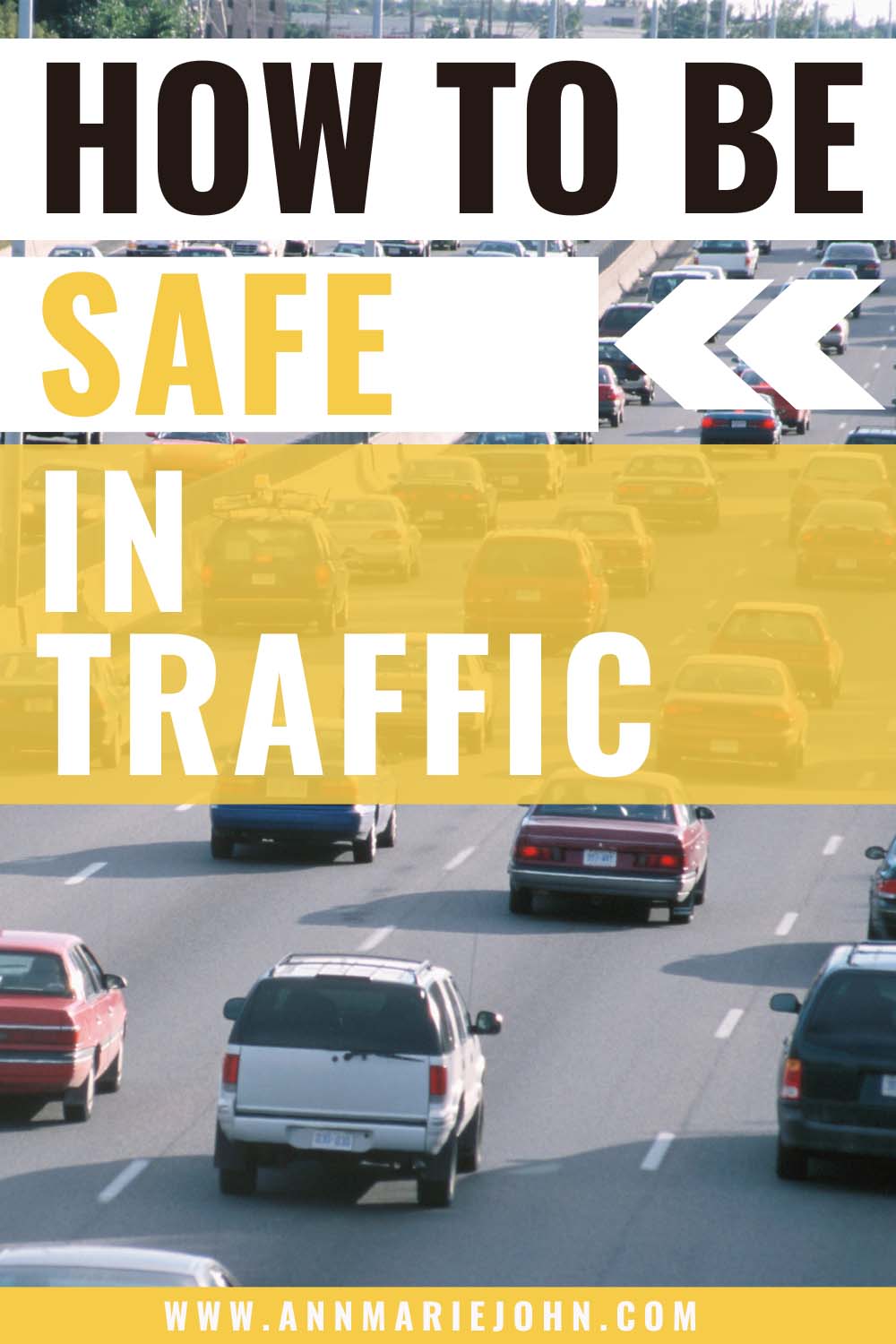Navigate traffic safely with 7 tips from an attorney. Arm yourself with legal insights for a secure commute. Your road safety guide begins now.

Whether you’re a pedestrian, cyclist, or driver, navigating traffic safely is of utmost importance. Accidents not only endanger lives but also lead to legal complications that can be stressful and time-consuming. Here are seven essential tips to help you ensure your safety on the road and potentially avoid any legal hassles should an unfortunate incident occur.

1. Stay Alert At All Times
Being attentive is the cornerstone of safety in traffic. Keep your eyes on the road and be aware of your surroundings. This includes other drivers, pedestrians, cyclists, and potential road hazards. Avoid engaging in activities that may distract you, such as using your mobile phone or changing the radio station.
It’s not just your eyes that should be alert, but your ears as well. Hearing approaching vehicles or sirens is crucial in making informed decisions on the road. And while it may be tempting to wear headphones, it’s safer to keep your auditory senses free.
Finally, focus on the task at hand—driving. Refrain from multitasking. Eating, applying makeup, or even engaging in intense conversations can divert your attention from the road. A reputable Las Vegas car accident lawyer would advise you to prioritize safety over any distractions. It could save your life.
2. Follow Traffic Rules and Signs
Traffic rules are designed to ensure the smooth flow of vehicles and safeguard everyone on the road. Adhering to these rules is not only a legal requirement but also a responsibility. Make sure you’re familiar with traffic laws and follow them diligently.
Respecting traffic signs is equally important. They provide crucial information about road conditions, speed limits, and other potential hazards. Ignoring them can lead to accidents and legal implications.
Lastly, always remember that traffic rules aren’t optional. They’re in place to keep you and everyone else on the road safe. Violating these rules can have serious consequences, including fines, loss of driving privileges, and even jail time.
3. Maintain a Safe Speed and Distance
Driving at a safe speed isn’t just about obeying the speed limit. It’s also about adjusting your speed based on road, traffic, and weather conditions. Remember, the faster you go, the less time you have to react to unexpected situations.
Maintaining a safe distance from other vehicles is equally important. Tailgating, or following too closely behind a vehicle, is a leading cause of accidents. The rule of thumb is to keep a two-second gap between you and the vehicle ahead.
In conclusion, driving too fast or too close doesn’t get you to your destination much quicker, but it significantly increases the risk of accidents. So, slow down, keep your distance, and stay safe.
4. Wear Seat Belts and Use Child Restraints
Seat belts are a lifesaver. They reduce the risk of fatal injury to front-seat passenger car occupants by 45% and the risk of moderate-to-critical injury by 50%. So, buckle up every time you get in the car, and make sure all your passengers do the same.
If you’re traveling with children, using child restraints is a must. They can reduce the likelihood of a fatal crash by up to 70% for infants and 54% for toddlers. Ensure the child restraint is correctly installed and appropriately sized for your child.
In essence, seat belts and child restraints are non-negotiable for road safety. Make it a habit to ensure everyone in the vehicle is properly secured before you start the engine.
5. Don’t Drink and Drive
Drinking and driving are a deadly combination. Alcohol impairs your ability to drive and increases the risk of causing an accident. If you’ve been drinking, it’s best to hand over the keys to a sober driver or take a taxi home.
Remember, even a small amount of alcohol can affect your driving skills. It’s not worth the risk. If you’re planning to drink, plan not to drive.
In sum, abstain from alcohol if you’re going to drive. It’s not just your life at stake, but also the lives of others on the road.
6. Use Indicators and Mirrors
Indicators and mirrors are crucial tools for communication on the road. Use your indicators to signal your intentions to other road users. This includes not just turning but also changing lanes and parking.
Mirrors, on the other hand, provide a view of what’s behind and to the sides of your vehicle. Frequent mirror checks should be part of your driving routine. However, remember that mirrors have blind spots, so always double-check before making any moves.
To conclude, using indicators and mirrors effectively helps maintain safety on the roads and avoid unnecessary accidents.
7. Consider Defensive Driving
Defensive driving involves anticipating potential dangers and taking actions to avoid them. This includes staying alert, maintaining a safe distance, and being prepared for the unexpected. It’s an invaluable skill that can protect you from the mistakes of other drivers.
Taking a defensive driving course can be beneficial. Not only will it improve your driving skills, but it could also potentially reduce your insurance premiums.
In short, defensive driving is a proactive approach to safety on the road. It’s about taking actions that prevent accidents before they happen. Most importantly, it keeps everyone on the road safe. In addition, you, your passengers, and the other road users. Moreover, staying safe in traffic is not just about following rules and regulations. It’s also about being a responsible driver and looking out for the safety of yourself and others. Always prioritize safety on the road, and remember that it only takes one small mistake to cause a life-changing accident.
In Conclusion
Being safe in traffic is a responsibility that everyone shares. By following these tips and always prioritizing safety, we can all do our part to make the roads safer for everyone. Remember, accidents are preventable, so let’s work together to ensure a safer driving experience for all. Stay alert, follow traffic rules, maintain a safe speed and distance, use seat belts and child restraints, avoid alcohol when driving, utilize indicators and mirrors, and consider defensive driving. Let’s make road safety a top priority every time we hit the road. So whether you’re a driver, cyclist, or pedestrian, stay safe out there!
